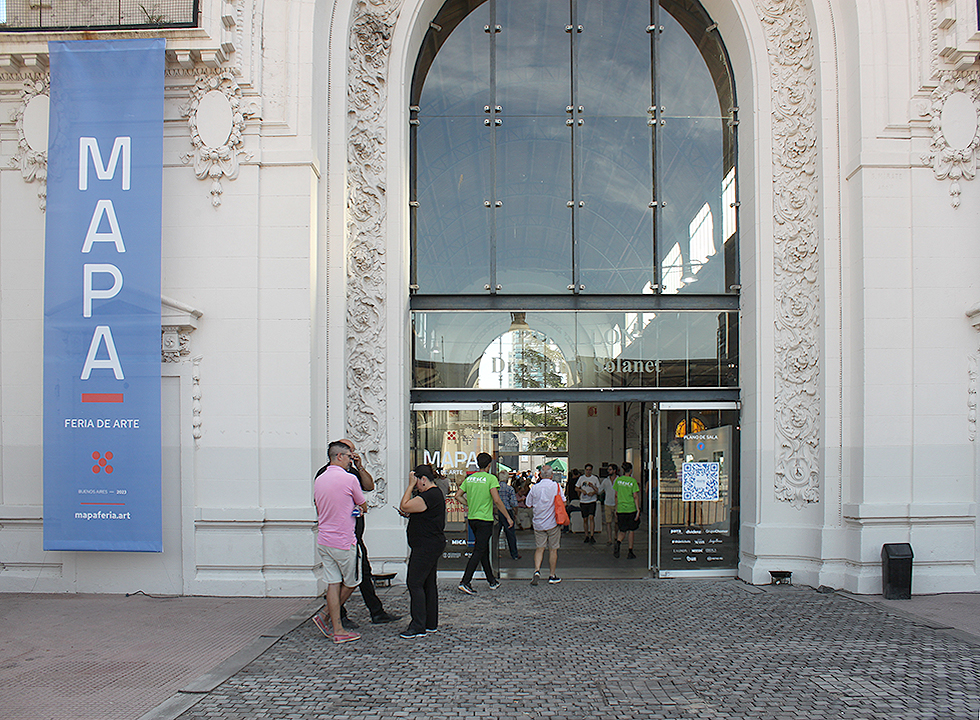When the light blurs, there is no longer any perception possible: instead of shining, that incandescent glow dazzles, blinds, and evens everything out. Fascinated by the proliferation of images in contemporary culture, how to escape such stimulation? Como un flash proposes a withdrawal of light in the exhibition space, in an attempt to glimpse what is presented to us from the shadow. The Western theoretical tradition has studied the light-dark dialectic since the beginning of pictorial representation. The shadow has been conceived first as a substitute figure, trace or double; then, as exteriorization of the soul, giving rise to the phantasmatic dimension; and only with the advent of perspective, like the projection of a body that is interposed to a light source. From now on, the experimentations around this idea reappear again and again masked in renewed aesthetic languages. Darkness, in its atmospheric character, has always had connotations associated with the dark, the sinister; an environment that represents the idea of exile as a threat. However, contemporary philosophy takes up this concept from another perspective. It is not necessarily a celebratory look at the shadow, typical of the Eastern tradition, but rather to outline a new question to think about the present: is darkness a refuge? Staying in the shadows, inhabiting the darkness, can be read as a powerful gesture of resistance to the standardization of aesthetic practices, an alternative to the homogenizing force, typical of total and permanent lighting. It allows, at the same time, the emergence of the flash: that fleeting and intermittent event that crosses us and restores the proper sense of our perception.
They are part of this exhibition, very diverse views that problematize the darkness of his own time. In some cases, critical references to hypervisuality and hyperconnectivity appear. In others, allegorical dimensions are explored, such as the restitution of the spectral thanks to the dissolution of light. There are artists who work from the margins of perception; and there are those who, for their part, rework the idea of the flash as a fragment: that small fraction of the world that resists the prevailing standards of visuality and that, with its own fragile light, makes itself present at least for an instant.
Cristina Blanco






























